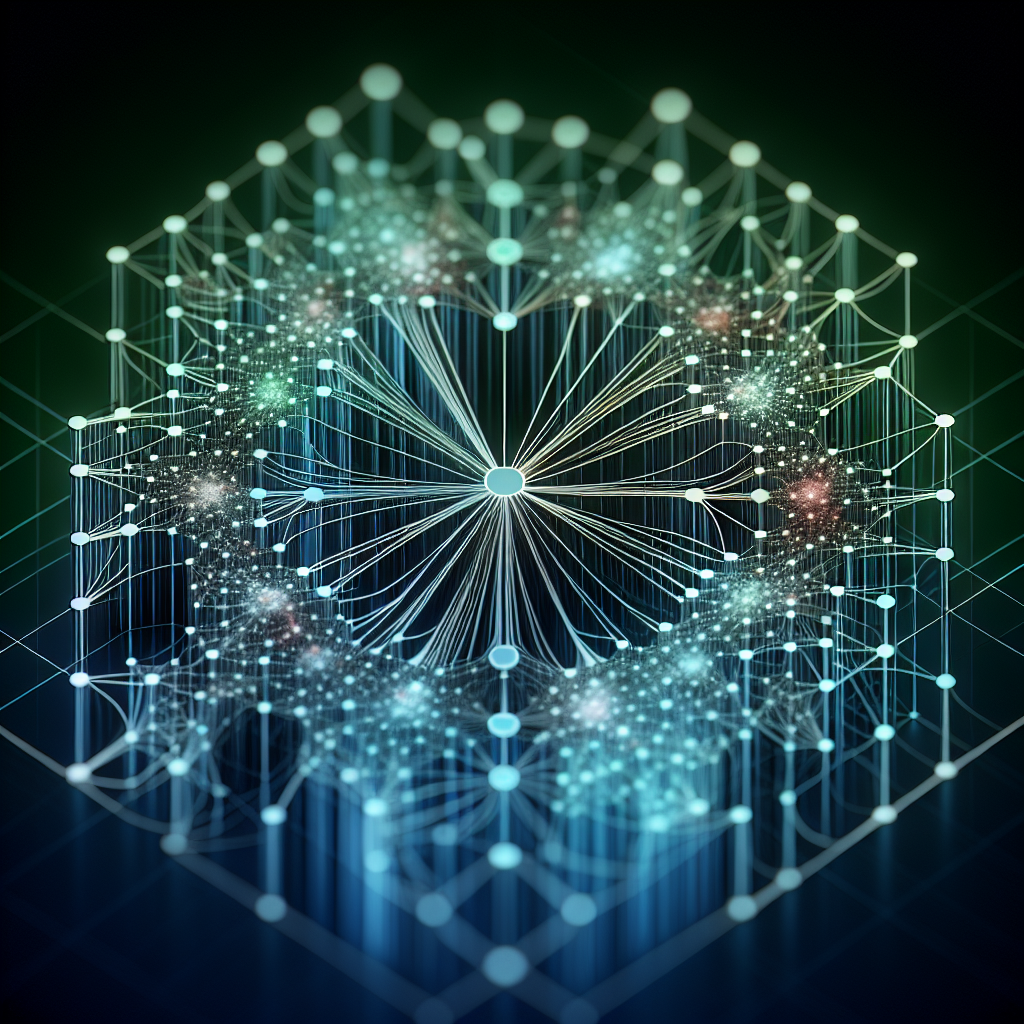Fix today. Protect forever.
Secure your devices with the #1 malware removal and protection software
Deep neural networks have revolutionized the field of artificial intelligence and machine learning in recent years. These complex mathematical models have enabled impressive advancements in image and speech recognition, natural language processing, and many other tasks that were once thought to be the exclusive domain of human intelligence.
But how do deep neural networks actually work? In this article, we will take a deep dive into the inner workings of these powerful algorithms, exploring the key concepts and techniques that underpin their success.
At their core, deep neural networks are a type of machine learning model that is inspired by the structure and function of the human brain. Like the brain, deep neural networks consist of interconnected nodes, or neurons, that process and transmit information. These neurons are organized into layers, with each layer performing a specific computational function.
The input layer of a deep neural network receives raw data, such as an image or a piece of text. This data is then passed through a series of hidden layers, where the neurons perform complex mathematical operations on the input data. Each neuron in a hidden layer is connected to neurons in the previous and next layers, allowing information to flow through the network in a structured way.
The output layer of the network generates a prediction or decision based on the input data and the computations performed by the hidden layers. This prediction is then compared to the true target value, and the network’s parameters are adjusted in order to minimize the difference between the predicted and actual values.
One of the key techniques that enables deep neural networks to learn complex patterns and relationships in data is known as backpropagation. During the training process, the network’s parameters are adjusted using a gradient descent algorithm, which calculates the derivative of the loss function with respect to each parameter. This derivative is used to update the parameters in a way that reduces the error between the predicted and actual values.
Another important concept in deep neural networks is the use of activation functions, which introduce non-linearities into the network’s computations. Without activation functions, the network would simply be a linear combination of its inputs, making it unable to learn complex patterns in the data. Common activation functions include the sigmoid, tanh, and ReLU functions, which introduce non-linearities that enable the network to learn more complex patterns.
In recent years, deep neural networks have been combined with other advanced techniques, such as convolutional neural networks (CNNs) for image processing and recurrent neural networks (RNNs) for sequence data. These architectures have further improved the performance of deep learning models in a wide range of applications, including computer vision, natural language processing, and speech recognition.
In conclusion, deep neural networks are a powerful tool for solving complex machine learning tasks. By mimicking the structure and function of the human brain, these algorithms are able to learn complex patterns and relationships in data, enabling impressive advancements in artificial intelligence and machine learning. By understanding the key concepts and techniques that underpin deep neural networks, we can gain a deeper appreciation for their capabilities and potential for future advancements in the field.
Fix today. Protect forever.
Secure your devices with the #1 malware removal and protection software
#Deep #Dive #Deep #Neural #Networks #InDepth #Analysis #Work,dnn

Leave a Reply
You must be logged in to post a comment.